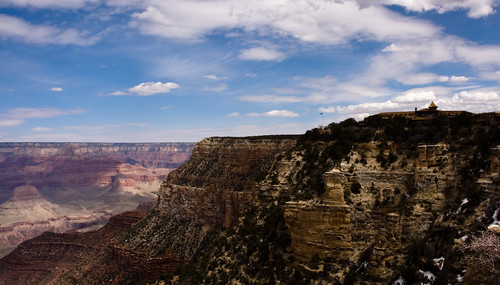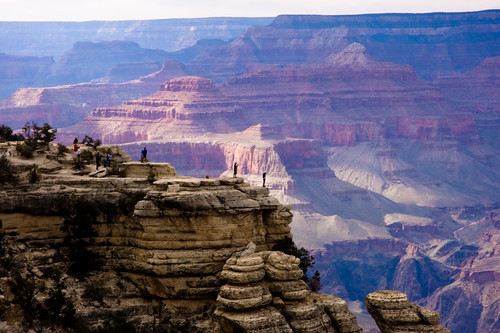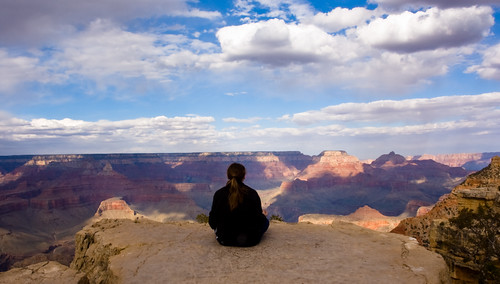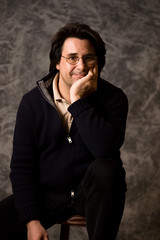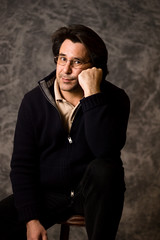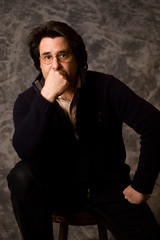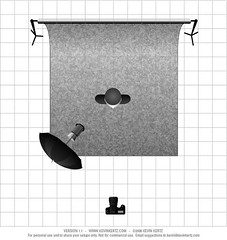Ode to Fluffy
Fluffy was a nasty cat. But, that's not why we put her down on Sunday, December 28, 2008. Fluffy was suffering. Her kidneys had shut down and she was severely dehydrated ... it was the humane thing to do. From what we can gather, Fluffy was around 18 years old. She came to my wife at six and that was almost three years before Sue and I got married. We've been married for almost ten years ... so, Fluffy was old. She was 88 in cat years. That's a long time for a family pet.
It's hard to tell if Fluffy ever really liked anybody. Visitors were cautioned about her disposition and frequent visitors shied away and kept their distance. She could be brutal and indifferent yet, still sought affection and gave companionship albeit on her terms.
As much as she could be a threat, she could be a complete goof. There was nothing she liked more than boxes. Any open box immediately became Fluffy Headquarters. If the box lid was folded shut, it immediately became Fluffy Lookout Tower. Cardboard was her preference but, an open briefcase would suffice. 
It was the oddest thing that truly endeared her to us. As she aged we were her friends, her comfort, her assisted living center, her box provider.
Over the last couple of years Fluffy was having increasing difficulty getting to her perches; the couch, her chair, anything that required her rear legs to propel her to a level above the floor. She took to howling and we don't think she could hear very well. As she became pitiful and weak her majesty never waned. Her coat was flat and matted ... but, she loved to be brushed. During a typical brushing one could easily remove enough hair to make another cat. In fact, several cats over time.
Unfortunately, relieving herself became much more convenient wherever she was versus in her designated box always in the laundry room. She may have been perfectly okay with that but to us it became more and more undignified ... definitely signs of things to come. She was waning.
It's very sad. She had a comfortable and long life and as much as she tormented some (including the dog, although the dog was onto her more than we were) she was still our cat, very much a part of our family and above all, our pet. And so ... here's to Fluffy! The crotchety old curmudgeon who will haunt our lives forever and remain perched on our hearts for a long time. We love you Fluffy and we will miss you.
i shoot nikon




